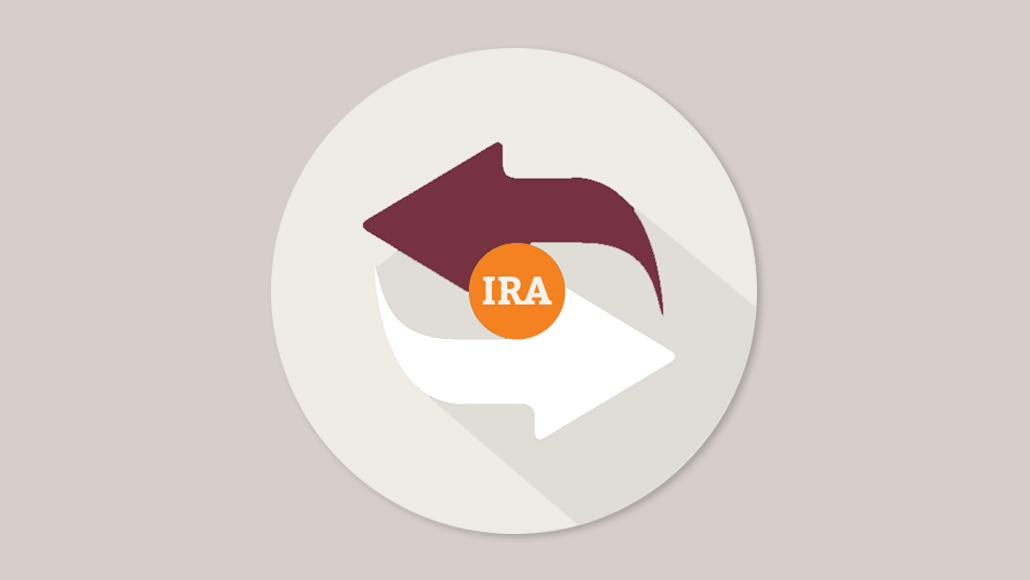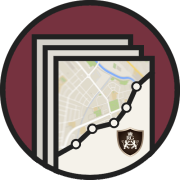Rollover Vs. Transfer

What you should know about rolling over your 401(k), 403(b),
TSP or transferring your IRA
First off, this discussion is not intended as tax advice or a step-by-step guide. Instead, it will give you a general summary of the difference between a transfer and a rollover. This will help you clarify your options.
Sometimes, differentiating between a transfer and a rollover is confusing. After all, there are many types of retirement instruments available to manage your funds. Each type of account has its own rules and restrictions. Managing an account within its specific guidelines wisely requires a great deal of knowledge.
We will discuss two main types of retirement accounts:
- IRAs – a retirement fund that allows for tax deferment on the savings until the money is withdrawn and spent
- Pensions – usually a 401(k) but also a 403(b) or TSP that a company and employee can both contribute funds to until retirement
Taking money out of an IRA fund is distinct from taking money out of a pension fund. The various methods for both types of accounts are listed below:
TRANSFERS (IRAs Only)
Only IRA funds can be transferred. If you’ve heard someone refer to “transferring their pension plan” such as a 401(k), you can be sure that they simply used the incorrect term. Pension plans cannot be transferred.
An IRA transfer occurs when you move funds from one IRA directly into another IRA.
To complete the transfer, you simply fill out a transfer form, submit it to your receiving Custodian and let them take care of the rest.
For example:
You have a Traditional IRA with Fidelity and a Traditional IRA with your Custodian. For various reasons, you want to move $50,000 from the Fidelity account to the account at your Custodian. Here are the steps you would take to move the funds:
- Complete a transfer request form and submit it to your Custodian (the receiving Custodian)
- They would review the request and submit that form to Fidelity (the transferring Custodian)
- Fidelity would review the document and transfer the funds.
Transfers are straightforward because you are asking one Custodian to move funds to another Custodian. No more, no less. The IRA funds DO NOT come into your possession; everything is handled by the Custodians.
ROLLOVERS (IRAs and Pensions)
A rollover is fundamentally different from a transfer because it is an actual distribution from your account, whether that account is an IRA or a pension plan. A distribution occurs when you take money out of your account and have to report it on your income tax report as income.
IRA ROLLOVER
An IRA rollover occurs when you request that a distribution be made from the IRA to you personally. After the distribution is made, you have two options:
- You can deposit the rollover amount in any other retirement account within 60 days from the date of the distribution with no tax consequences.
- You can pay taxes on the rollover amount if you miss the 60-day deadline (unless you get a waiver or an extension). This also means you will not be allowed to do another rollover from that IRA account for 12 months.
Another option is a direct rollover from one IRA to a different IRA. We will use the examples of IRA (A) and IRA (B). First, you request that a direct rollover be made to a specific IRA (B) at a specific Custodian. Your IRA (A) administrator then distributes the funds not to you, but to the IRA (B), usually as a check directly payable to that IRA account. The check is then either sent to the Custodian to be deposited in your IRA (B) account or to you to forward it to the Custodian of IRA (B).
PENSION ROLLOVER
If you have a pension account like a 401(k), 403(b) or TSP, you can take out money only by doing a rollover. There is no such thing as a transfer from non-IRA accounts.
To initiate a rollover from a pension account, you must contact the administrator of your plan and ask for a “rollover request document”. These requests generally run from 2 to 8 pages. After you have completed the paperwork, you can choose an indirect or a direct rollover method.
Indirect rollover – This closely mimics the IRA rollover discussed above. Funds are rolled over to you (a distribution) usually as a check and you forward the funds to a new retirement account. The account you send the funds to may be another pension plan or an IRA.
Direct rollover – This method is preferred for taking funds out of your pension account. This is the same as the direct IRA rollover. We will use the examples of pension (A) and pension (B). First, you request that a direct rollover be made to a specific pension (B) at a specific Custodian. Your pension (A) administrator then distributes the funds not to you, but to the pension (B), usually as a check directly payable to that pension account. The check is then either sent to the Custodian to be deposited in your pension (B) account or to you to forward it to the Custodian of pension (B). This is the best and easiest way to complete a rollover because a distribution is never made to you. The distribution is made directly to the pension itself, so no tax issues arise.
As always, it is wise to consult with a professional when doing a transfer or rollover to ensure that everything is on the right track. Your investment plan administrator or custodian should be able to answer any questions as well.

